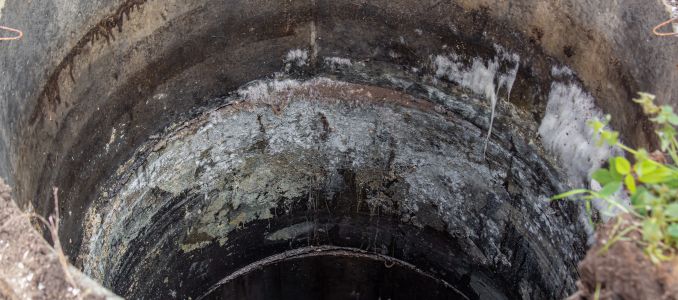
With mounting pressure from clients, regulators, and supply chains, construction firms are turning to sustainable materials not just for compliance—but for competitive edge.

Long after restrictions and regulations have taken hold in dozens of countries, legacy asbestos continues to expose workers and communities to preventable health risks.

With summer underway, residents across the state are getting crucial updates to help protect their health and reduce harmful emissions during peak ozone months.

A federal plant protection program strengthens its front-line response to growing ecological threats amid climate change and rising global trade.

Monitoring funds will help protect swimmers and support coastal economies across New England beaches.

Infrastructure upgrades bring clean water and reliability to rural Oregon community.

Federal funding will strengthen small and rural water systems through technical assistance, compliance training, and support for private well owners, while also advancing tools like Water ICAT to guide infrastructure investments.

Targeted federal grants will help municipalities assess and clean up underused properties, paving the way for new development and healthier communities.

Shared solar programs are expanding access to renewable energy for renters, businesses, and underserved communities.

A new round of $267 million in Brownfields Grants will support environmental cleanup and redevelopment efforts in communities across the United States.

Current PFAS water limits remain in effect as the compliance deadline shifts to 2031 to support utilities with implementation.

Recent EPA enforcement actions highlight critical chemical safety management gaps and emphasize the importance of comprehensive RMP compliance.

EPA plans to shut down key climate programs, including the Greenhouse Gas Reporting Program and Energy Star, sparking concerns over industry competitiveness, consumer costs, and transparency in emissions data.

Firefighters face hidden risks from cancer-causing PFAS chemicals in their protective gear, prompting urgent calls for safer alternatives.

Since the federal ban began, more than 3,900 illegal cesspools have been closed in Hawai‘i, with $5.6 million in penalties issued to protect drinking water and the environment.

Eco-friendly products are everywhere—but are they truly sustainable or just clever marketing? This article uncovers what really makes a product green.

Colorado's health department awarded $3.1 million to nine groups to boost environmental justice and health in underserved communities.

H2Plus is scaling up its mobile treatment units across the U.S., offering a destruction-based solution for eliminating toxic PFAS compounds from contaminated water sources.

New structural changes aim to streamline operations, reduce regulatory backlogs, and embed scientific expertise across key environmental programs.

In a world racing toward automation, it turns out that good manners come at a price — a steep one.